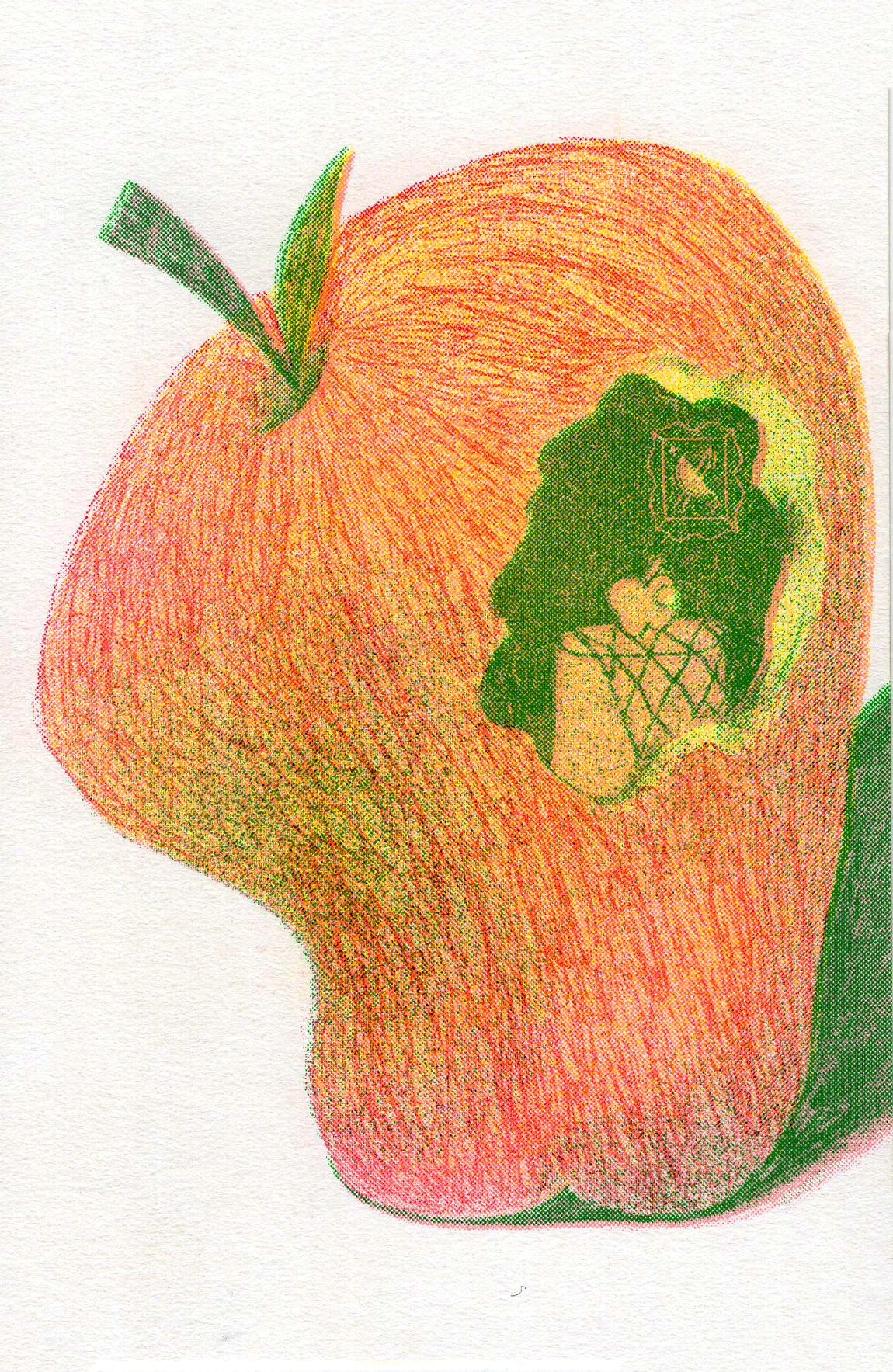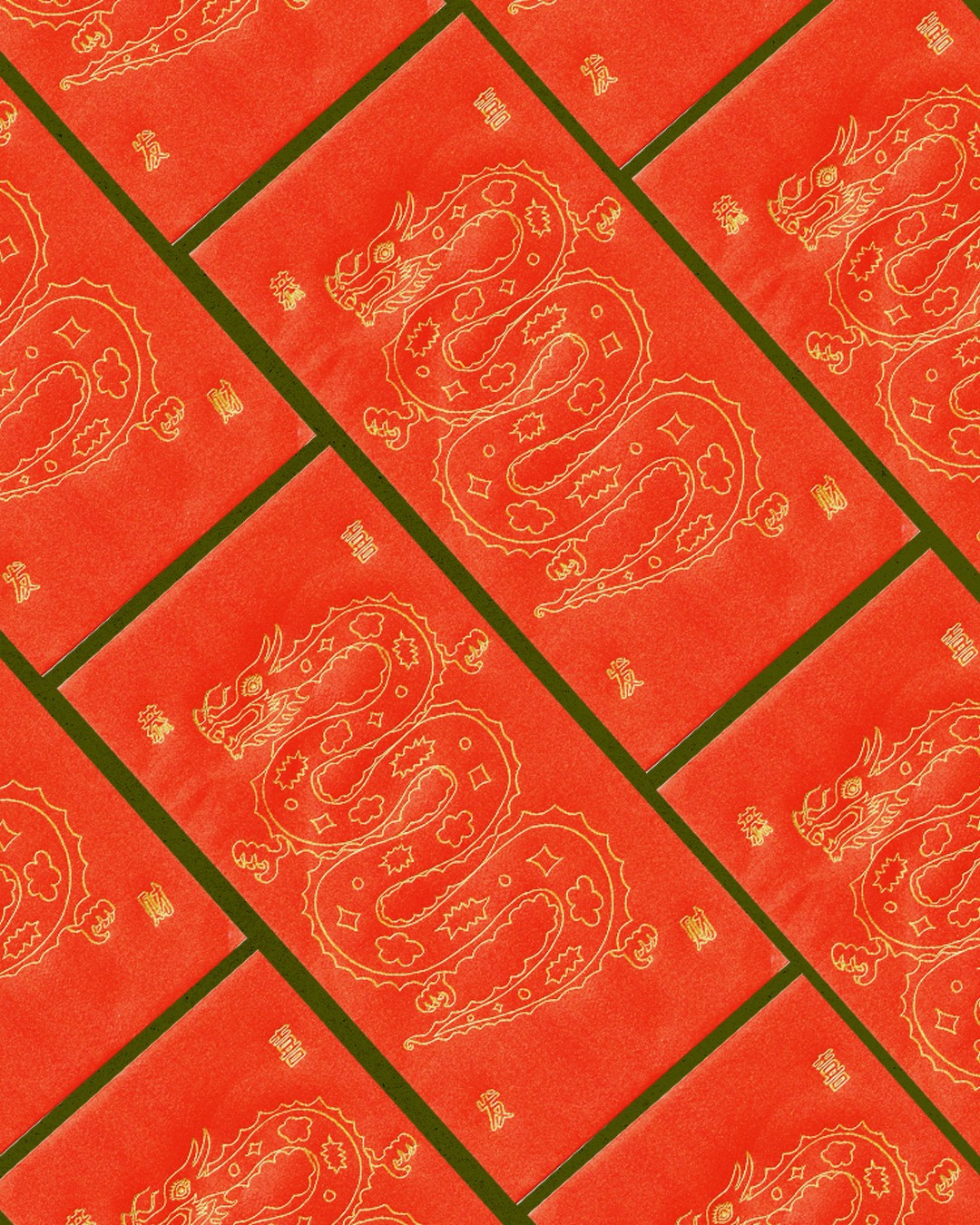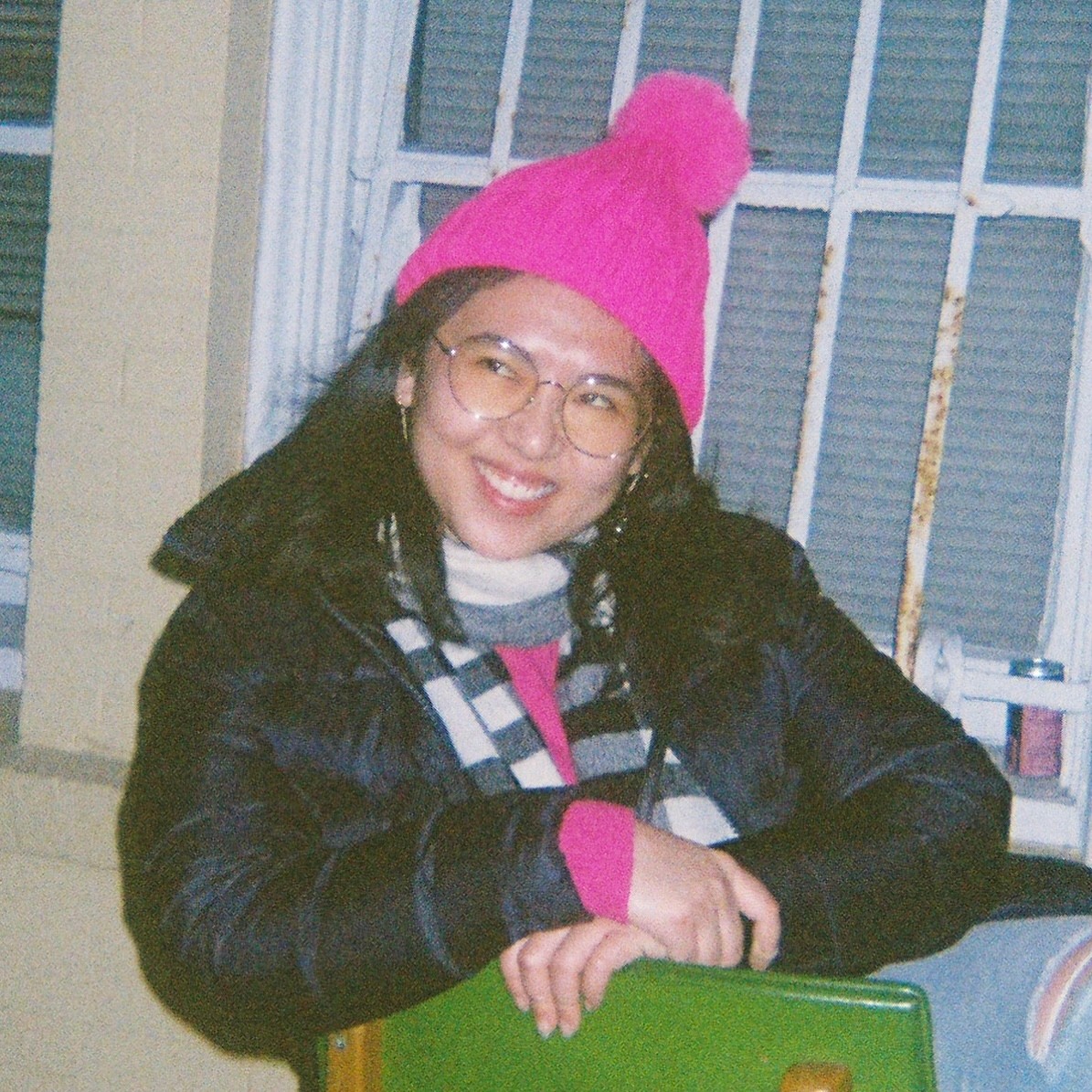We caught up with the brilliant and insightful Jane Trieu a few weeks ago and have shared our conversation below.
Jane, thanks for joining us, excited to have you contributing your stories and insights. We’d love to hear about when you first realized that you wanted to pursue a creative path professionally.
Art came naturally to me when I was younger. There wasn’t a particular moment, but when I was in the first grade, I remember drawing figure skaters through connecting basic shapes. Then, my parents enrolled me in art classes to keep my mind active and to probably shut me up because I asked so many questions! From there, my creativity was nurtured with ease and found its way through multiple hyperfixations: drawing, sewing, knitting, collaging, you name it, I’ve probably done it or even thought about doing it. One time I had to present a science project about the best ice cream flavor on the market; instead of gathering evidence, I spent long hours concocting the friendliest ice cream cone mascot for my presentation board. Surprisingly, I passed. Barely.
Whatever creative passion I was riding on at the moment, it was an enthralling experience as much as it was therapeutic. It was hard to keep me from drawing once I got into the creative flow; every mark I made on the page, I wondered what would happen next? Some days, it was disappointing, like a vase that didn’t end up the way I imagined it, but when it worked, it felt exciting, like there was more to excavate and explore! It kept my life interesting as I weathered through uneasy transitions. As high school loomed, it was hard to imagine life without knowing at least I tried everything to be a working artist.
Entering art school unraveled all I knew about art – now I was surrounded by talented artists all over the world who had similar backgrounds and similar goals. It was quite intimidating to be in classes with them, but what I gained from art school beyond creativity: the discipline, intense deep research, mentors, exposure to alternative art histories, dialogue with fellow artists and lessons learned, have shaped how I approach my illustration career with an emphasis on social change.


Awesome – so before we get into the rest of our questions, can you briefly introduce yourself to our readers.
Currently, I am an illustrator and designer in San Francisco; finding inspiration in my heritage and home, my work captures the energy and vibrancy of the people and objects around us. My style focuses on vibrant color, analog texture, and playful humor to craft beautiful images that spark joy and wonder. In the past year, I’ve been working with local arts communities for various projects, using art and design as a visual tool to bolster social change like bridging Black and Asian communities together or establishing a universal base income (UBI) fund for low-income artists. Alongside my current row of projects, this year I want to explore self-publishing and animated flip books with the risograph machine. For me, nothing really surpasses the feeling of seeing a project come together in your hands.


In your view, what can society to do to best support artists, creatives and a thriving creative ecosystem?
It starts with the mindset – embracing curiosity and desire to see beauty. I personally think the act of creation lives in everyone and nurturing that curiosity is applicable in the lessons of life. Art doesn’t necessarily mean drawing as there are countless ways to creatively express yourself – it’s about coming up with different ways to solve problems and reimagine the world differently. Establishing a UBI for artists and creatives would also help keep them afloat because creativity takes time, especially for artists with a working class background who may not have easy access to resources and time to apply for ultra-competitive grants. Gaining stability would enable many creatives to tap into their craft more deeply because their survival needs would be met – I know so many of my friends struggle to choose between their art practices or putting food on the table. Hence, I wish for the universal acceptance and appreciation of art as fundamental to a fulfilling life and contributes to a healthy society. It’s a testament to our humanity to be able to witness the beauty of this world even in times of turmoil.


What’s the most rewarding aspect of being a creative in your experience?
There’s a special feeling I get when I see my art in public – even sweeter when I meet people who resonate with it or find connection with my art, whether it be funny or heartfelt. This applies especially for murals and public art because once it’s installed, it becomes part of a community’s landscape, something that people pass by when they go to work, grab a coffee with a friend or a meeting spot, it becomes part of people’s memories and a cultural signifier of the times. Being the person who helps curate and dictate what kind of values reflect and are upheld by the people who inhabit the neighborhood is a powerful role. The act of connection is really rewarding as it reminds me of our shared humanity.
Contact Info:
- Website: https://jane-trieu.com
- Instagram: https://instagram.com/@studio.trieu


